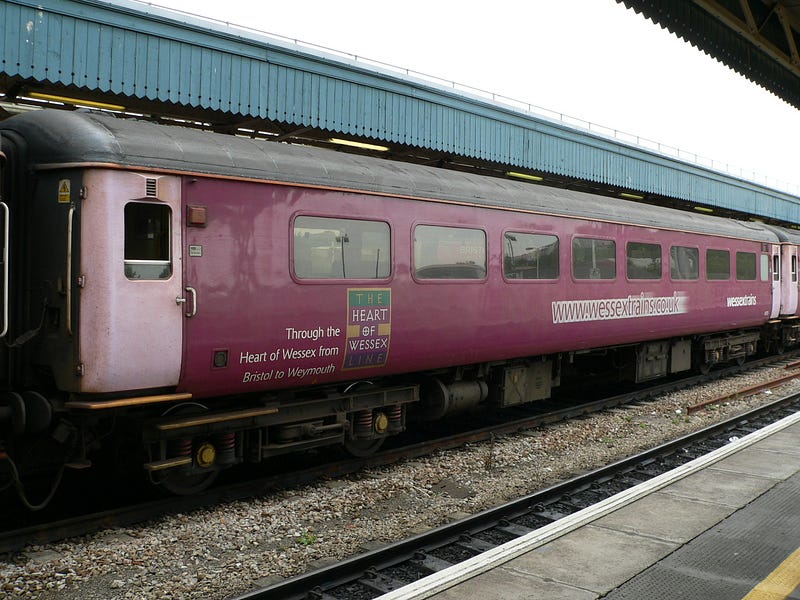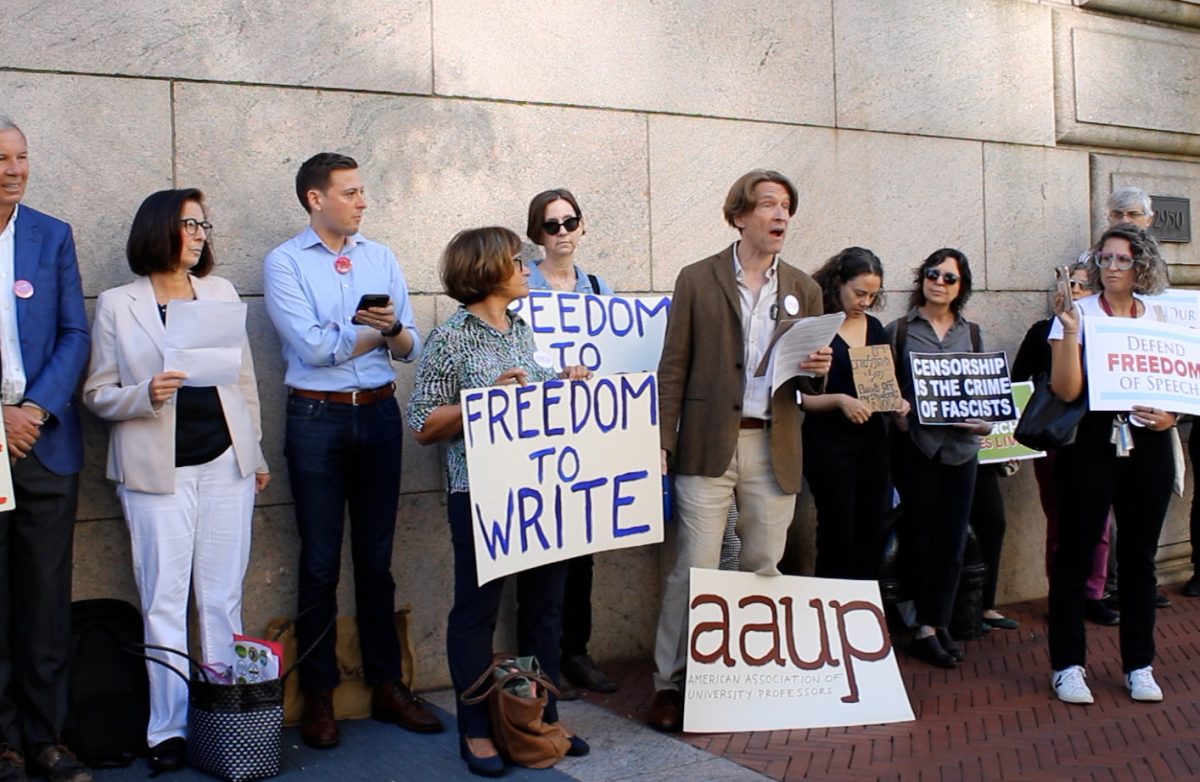Trains to Clinton since 1866

To most current Clinton residents and visitors, trains to Clinton are unheard of. If someone is over 70-years-old, a faint memory of the trains through the Village may still exist.
The train era took the country by storm in the 1830s and 1840s, as every town wanted to have a railroad. Previously, towns had wanted a canal for the obvious reasons of faster, safer, and smoother passenger travel and moving freight in all seasons.
The train era here extended from September 3, 1866, to March 29, 1957, and will be summarized here concerning transportation.
The Town of Kirkland at one time had the iron rails of five railroad firms: NYO&W RR, Rome and Clinton RR, New York, West Shore, and Buffalo RR, trolley to Utica (Utica Belt Line,) and the Third Rail trolley.
Local historian Phil Munson wrote in the 1970s, “Railroad fever was rampant. It permeated city and hamlet alike. Unusual was the settlement that didn’t desire a rail connection, each, so it seems in retrospect, confident that their specific location was ideally suited to become, if not the hub, at least a significant and lucrative link in any railway venture that might come their way.”
Rails reached Utica in the 1835 period, and the need for coal for Utica textile mills informed desires for rail connections directly south to the Pennsylvania coal fields. Coal was also needed by iron blast furnaces in Franklin Iron Works, now Franklin Springs, and in Kirkland.
Horse trolleys began in Utica in the 1860s and extended to New Hartford. A horse trolley line eventually was built to New Hartford. There passengers and freight had to be transferred and carried to the steam train to Clinton which began in 1866. Three years later in 1869, an agreement was worked out for a steam train from downtown Utica right to Clinton.
For unknown reasons the engine was called the “dummy.” The Clinton Courier in September 1866 said the “awful dummy is in town. Eyes and ears were open. There was a longer and louder whistle. A grand rush of boys and dogs followed. It was the dummy. Hats off Three cheers. The dummy was a beautiful car with a capacity for 40 passengers besides baggage and cost $6000.00. ” Why a steam train was called a dummy is unclear.
Othniel S.Williams, prominent Clinton judge, attorney, businessman, investor, who had built the Alexander Hamilton Inn for his private home in the 1830 period, became president of the Utica, Clinton, and Binghamton RR which extended the rails slowly with gangs of French Canadian laborers to Randallsville (then Smith Valley) south of Hamilton.
There it connected with the New York Oswego and Midland RR chartered in 1866 to connect the ports of Oswego and New York.
To finance the train expansion local towns and village bought bonds and stock of the new train firms. Kirkland subscribed for $40,000 of bonds, Marshall bought $50,00, Augusta bought $40,000, and Madison bought $100,000 of the bonds.
In 1945 Kirkland sold stock from the Utica, Clinton, and Binghamton RR for $10,582.89, and the next year anticipated to sell stock from the Rome and Clinton RR.
A passenger station went up in the 1883–84 period adjacent to the tracks on Kirkland Avenue, then Water Street, where the Agway grass area is today. A marker was placed there by the Clinton Historical Society in 1966.
The NYO&W had declining business in the 1930s and went into receivership in 1937. In 1942 the trustees tried to turn around its fiancés, but after World War II the financial situation only grew worse.
All of the old steam engines were replaced with new orange and grey diesel engines, but this failed to arrest the decline.
In late March 1957 the “Old & Weary,” as it was sometimes called, gasped its last breath, and 91 years of rail history ended.
Today, besides the old freight house and marker, little remains of a once vibrant and important part of Clinton’s business world. Trucks and cars have essentially replaced the need for trains to Clinton, however romantic or nostalgic they may be to some.


















